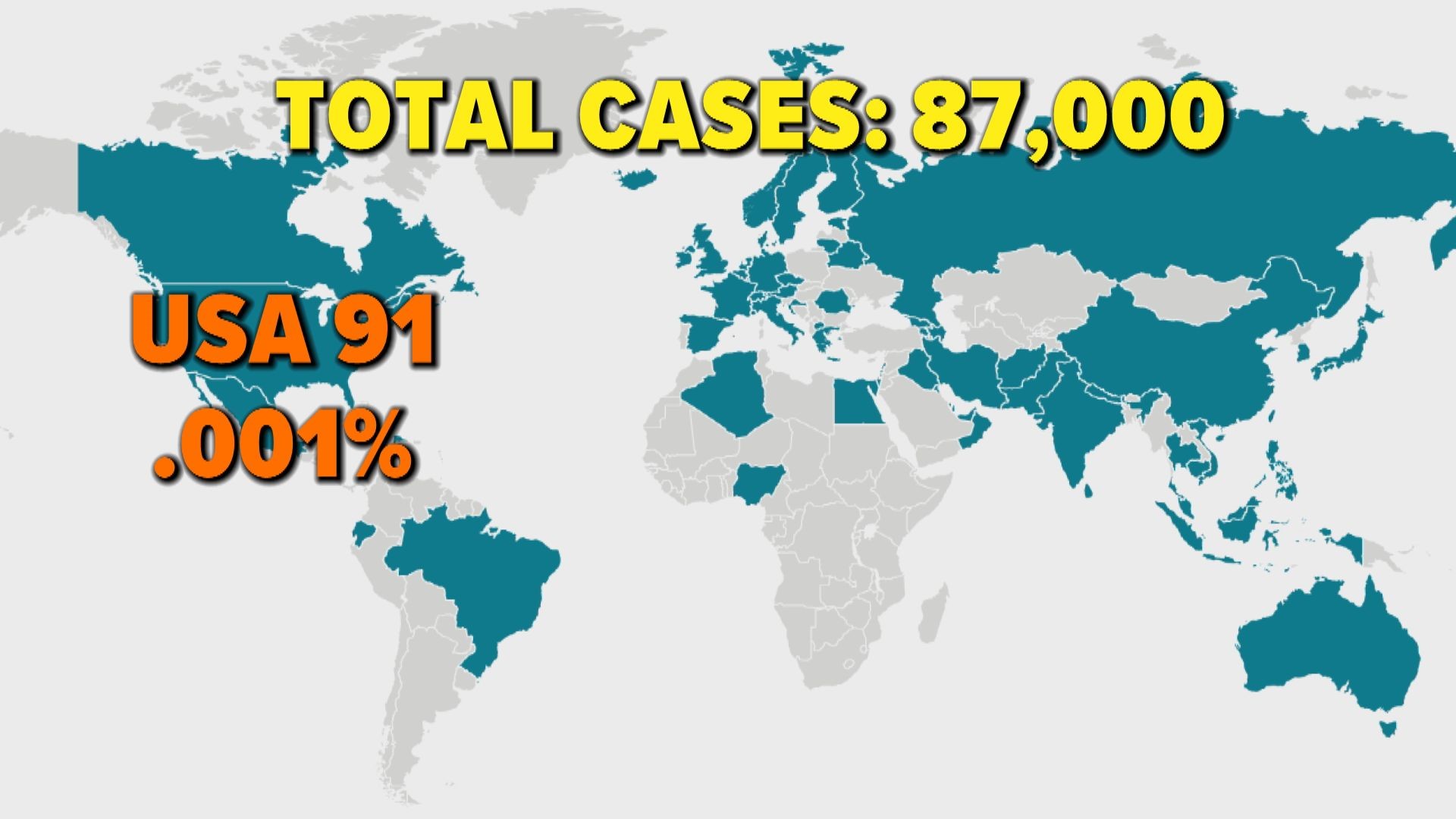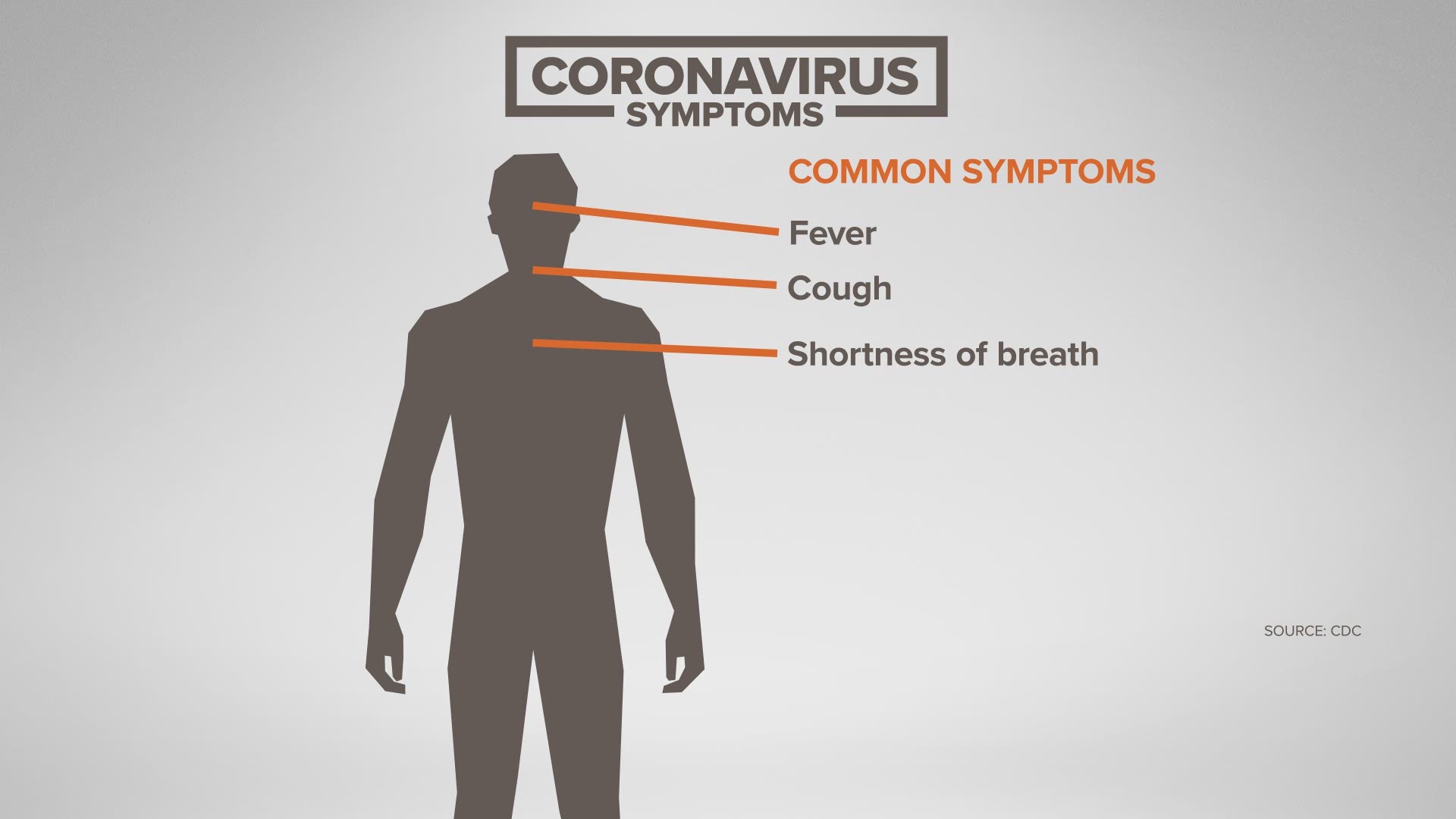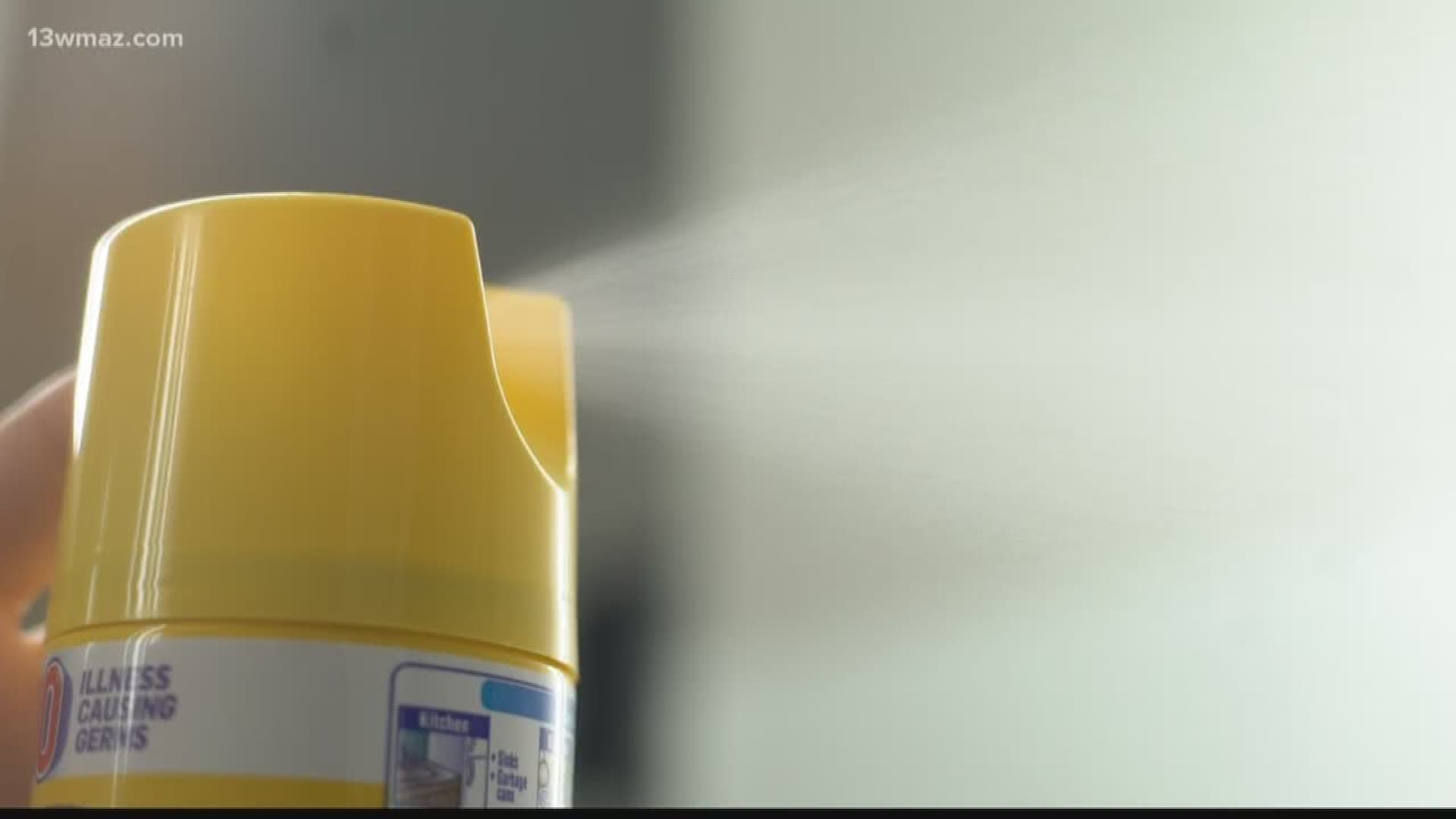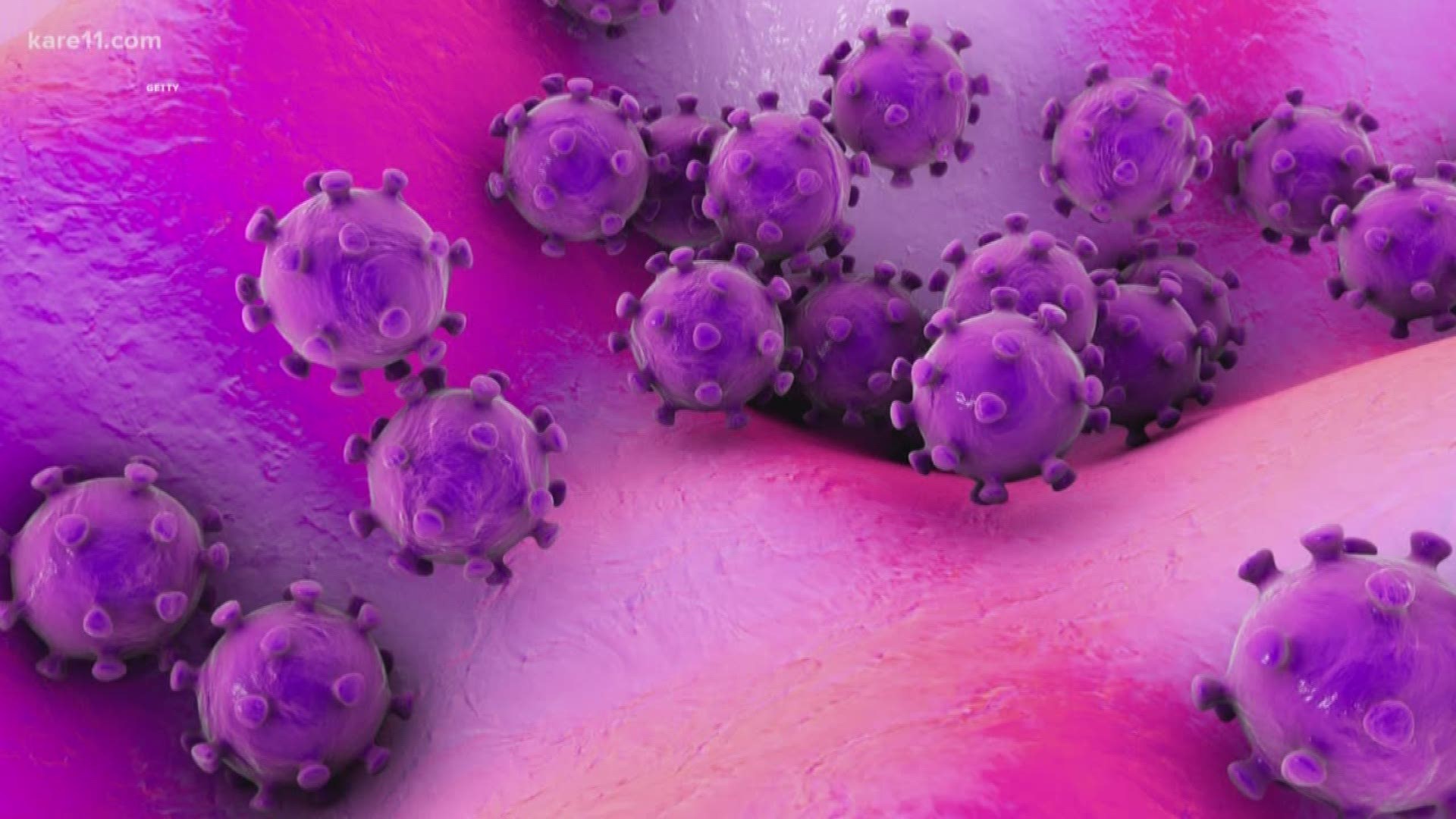BRAZOS COUNTY, Texas —
With all the constant updates and information about the coronavirus floating around the internet, it’s hard to tell fact from fiction. Looking at news reports of empty shelves at grocery stores and hearing how face masks and bottles of sanitizer are getting harder to find can stoke fear or worry in any person.
That’s why KAGS is providing you all the facts in one place, where you can find out everything you need to know about the coronavirus, and its effect on the Brazos Valley.
How did the coronavirus start?
KAGS first brought you coverage of the coronavirus in January, after hearing a report from a national correspondent talking about a new strain of a virus in Wuhan, China. The first case of the virus in the U.S. was detected in Washington on January 15. KAGS reporter Sunny Tsai, gave a breakdown of what you needed to know about the virus with a representative from CHI St. Joseph and information from the CDC.
Because of this first case and because health officials at the CDC gave recommendations on slowing the spread of the respiratory infection, major airports in the U.S. began screening passengers for symptoms of the virus. Symptoms can often present much like the flu, making it hard to detect just by what you're feeling.
Coronavirus in the Brazos Valley
On January 23, the Brazos County Health Department confirmed they were investigating a possible case of the coronavirus in Brazos County. The Texas A&M student had recently traveled from Wuhan, China and they met the criteria for testing of the virus. The student was isolated at home while they waited for the results, which take about 24 hours to confirm the diagnosis after testing. The CDC later released the results to the local health department, verifying that the student was not suffering from a coronavirus diagnosis.
There have been no other reports of the virus here in the Brazos Valley.
Taking precautions locally
KAGS' Tristan Lewis talked to a health authority from the Brazos County Health Department regarding transmission prevention, noting the best way to prevent is to practice good hygiene, staying home when sick, and staying alert and up-to-date with the latest information regarding the virus.
Additionally, Texas A&M University cancelled Spring Break trips to Italy, along with suspending all travel to China and South Korea out of an abundance of caution due to the area's level 3 travel risk. This was done to try and stop the spread of the virus.
Comparing the coronavirus to the flu
It's important to know the coronavirus is different than the flu, so one can't really be compared to the other. However, it's easy to feel anxious or worried about something you don't know a lot about, much like the coronavirus, but not be as worried about the flu, because it's a common illness here.
Don't let your anxiety get the best of you. Arm yourself with facts. Knowledge is power. If you're worried about being at risk for the coronavirus and feel as though you can't find a trustworthy source, reach out to your doctor. Before you start packing up your shelter with bottled water and MREs, or stocking up on hand sanitizer and wipes, do your research.
If you click the link below or click here, the CDC gives you the big facts you need to know, including your risk factor and what you can do right now to keep your health in check.
Fact Vs. Fiction: Shut down deep fakes
Because this strain of the virus is new and health officials are still learning about it, a ton of rumors have started, which can be harmful to the public. That's why our VERIFY team works hard to tackle these rumors as they come. You may have many of your family members or friends sharing things on social media and while sometimes that information appears to be from a good news source, it's important it's from the right news source.
Here's a few that may be helpful to debunk any internet rumors you may have seen.
VERIFY: Can you get Coronavirus from packages shipped from China?
VERIFY: All the fact-checked information about the Coronavirus
- VERIFY: Fact-checking this week's viral coronavirus claims
- VERIFY: CDC did not recommend shaving beards to protect against coronavirus
- VERIFY: Fact-checking President Trump's coronavirus press conference
- VERIFY: Dean Koontz did not predict the coronavirus outbreak in his 1981 book
- VERIFY: Do disinfecting wipes provided at grocery stores fight flu germs?
- VERIFY: Watch out for coronavirus scams
- VERIFY: Can the Wuhan coronavirus spread from surfaces?
- VERIFY: 'Coronavirus patents' are from older viruses, not current strain
- VERIFY: The source of the coronavirus isn't confirmed yet
Interactive Map
There have now been 6 deaths reported in the U.S. from the virus, with many more confirmed cases popping up as more and more people get tested.
The Johns Hopkins Center for Systems Science and Engineering created an interactive to keep track of cases and keep the public informed. Take a look and see which places in the world are the hardest hit, as well as the confirmed cases, recovery and death tolls, and much more.
More Details
For a more detailed breakdown of the coronavirus, you can click HERE. You can also get the latest information about the virus on the CDC website HERE. For information regarding the coronavirus in Texas, you can click HERE.
We'll keep updating this article. Check back often!
Other KAGS coronavirus stories
- Texas A&M cancels Spring Break trips to Italy due to Coronavirus outbreak in the country
- What you need to remember to stop the transmission of coronavirus
- UPDATE: A&M student tests are negative for the 2019 Novel coronavirus
- Texas A&M organization says peers aren't panicking coronavirus investigation
- What you need to know about the Coronavirus, now affecting the U.S.






